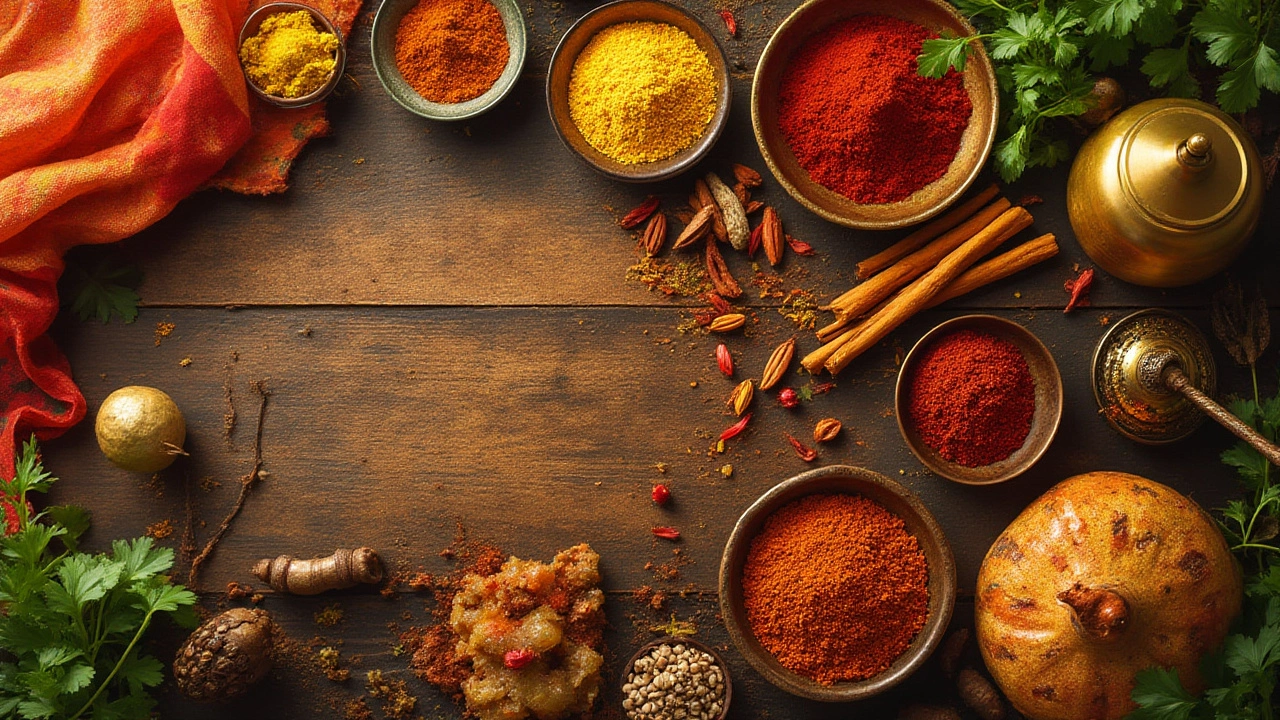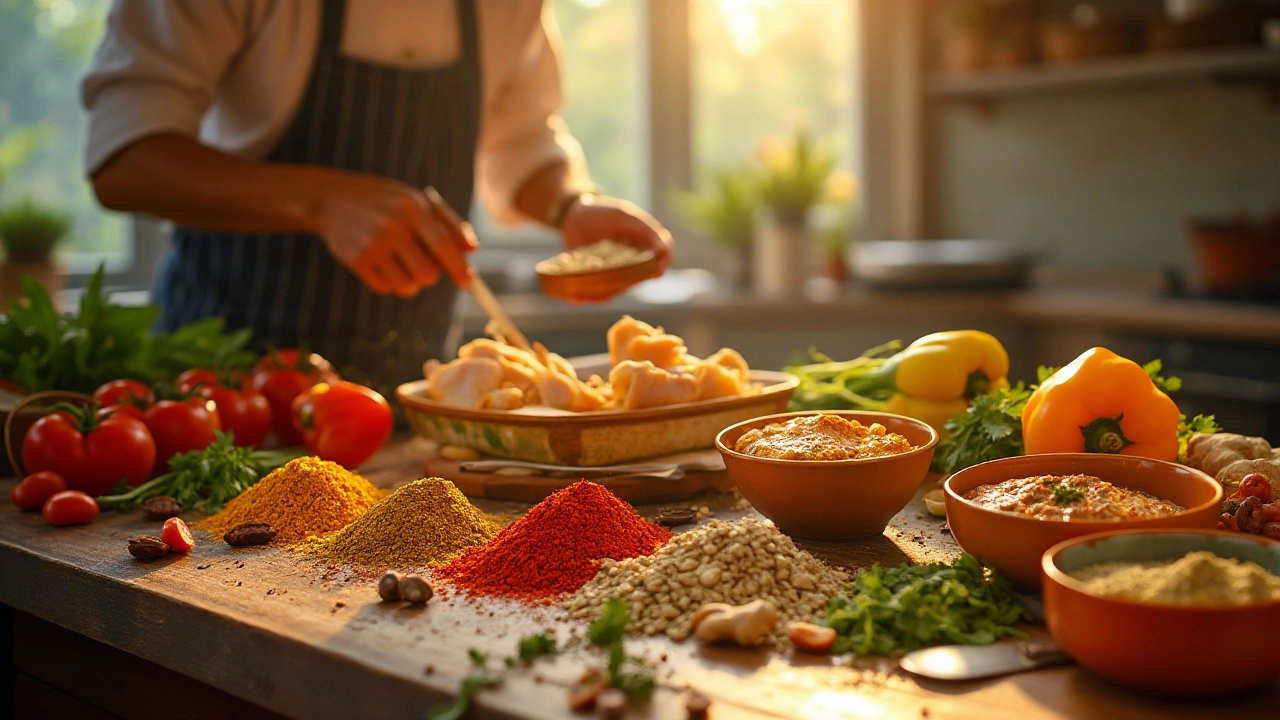curry ingredients
When talking about curry ingredients, the building blocks that give Indian curries their signature taste, aroma, and texture. Also known as curry base components, they include a mix of spices, acids, dairy, and sometimes leavening agents that work together to create depth and balance.
One of the most recognizable pieces in any Indian curry is turmeric, a bright yellow spice that provides earthy flavor and a health‑boosting dose of curcumin. Turmeric isn’t just for color; it also moderates bitterness and supports the body’s inflammatory response. When you add turmeric early in the cooking process, its flavor mellows out and blends with other spices, creating a harmonious foundation for the dish.
Acidity is another crucial factor, and many home cooks reach for lemon, the citrus fruit that adds a sharp, fresh tang to balance rich, creamy sauces. A squeeze of lemon at the end of cooking can lift muted flavors, brighten the overall palate, and even help tenderize meat. The right amount of lemon juice prevents a curry from feeling heavy while preserving the integrity of the spice blend.
For creaminess and a subtle tang, curd, the Indian term for yogurt that brings mild acidity and a silky texture to sauces, is a go‑to ingredient. Curd is often whisked into tempering oils or added during the simmering stage to prevent curdling. Its probiotic qualities also aid digestion, making it a functional addition beyond taste.
While not a traditional spice, baking soda, a alkaline leavening agent sometimes used to soften legumes or speed up the cooking of tougher vegetables in curries, can be a secret weapon. A pinch during the early simmer helps break down cell walls, reducing cooking time and creating a smoother sauce. However, too much soda can mute flavors, so dosage matters.
Oil ties all these components together. Whether you use mustard, coconut, or clarified butter (ghee), the fat medium extracts and carries the flavors of spices, turmeric, and aromatics. Timing the addition of oil, spices, and acid determines whether the curry is bold or mellow. For instance, tempering whole spices in hot oil before adding ground powders maximizes aroma, while adding lemon or curd later preserves their bright notes.
Understanding how these core curry ingredients interact lets you tweak recipes on the fly—swap lemon for tamarind, replace curd with coconut milk, or adjust turmeric for a milder hue. Below, you’ll find a hand‑picked collection of articles that dive deeper into each element, offer practical tips, and debunk common myths. Explore the guides to sharpen your skills, experiment confidently, and create curries that hit every flavor target.

Curry Ingredients: The Essential Flavors Every Dish Needs
Get to know the must-have curry ingredients. Dive into spices, herbs, and staple flavors that make curry dishes so irresistible and comforting all around the world.

What Makes Curry So Creamy? Secrets to Creamy Indian-Style Curries
Ever wondered what makes a curry creamy? Dive into the secrets behind silky curries, key ingredients, practical tips, and tricks to create your own luscious dishes at home.

Do Tomatoes Belong in Curry? The Truth About Tomatoes in Indian Recipes
Curious about tomatoes in curry? Discover why this ingredient divides Indian cooks and whether your curry really needs those tomatoes. Let's unravel the spicy truth.

Essential Ingredients for Perfect Chicken Curry
Chicken curry is a beloved dish worldwide, known for its rich flavors and aromatic spices. Mastering it involves understanding the essential ingredients that form its base, from spices and proteins to vegetables and herbs. This comprehensive guide explores the must-have elements in your curry-making arsenal, helping you create an authentic dish. Whether you're a seasoned chef or new to cooking, these tips will elevate your chicken curry game.